What Does Buenos Aires Mean?
Written by Olga Sukhorukova
I live in Buenos Aires and write about Argentina and other places I like. For me, traveling is a great possibility not only for discovering new destinations but also for learning about myself (that is usually hidden behind everyday life). In other words, you discover new landscapes of your soul when traveling! Follow me on Facebook or Instagram. ... show more
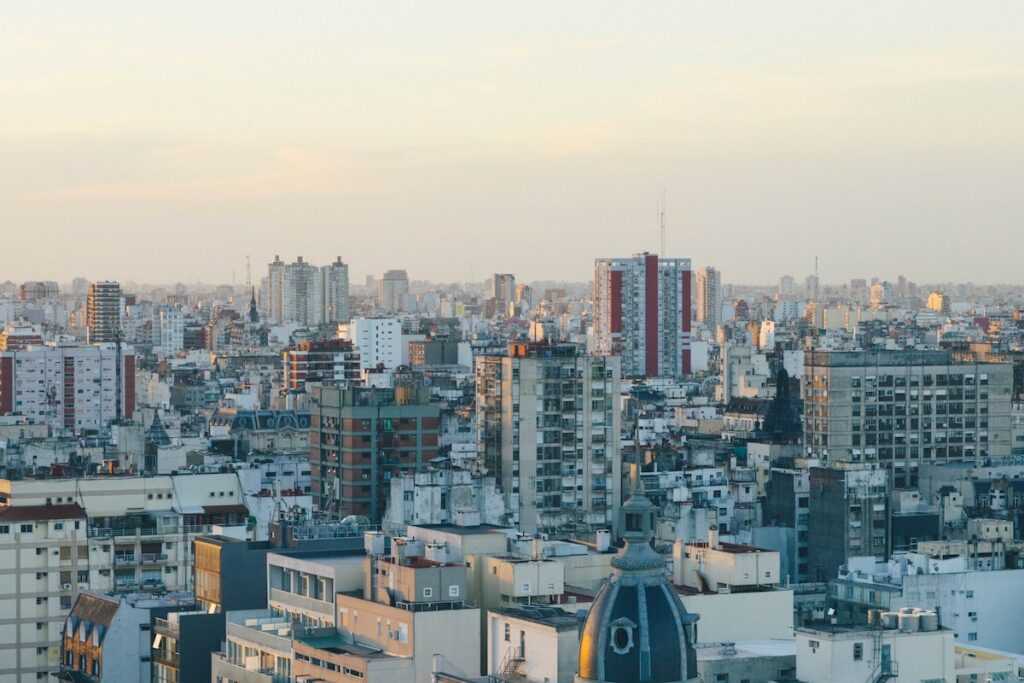
The capital of Argentina, the beautiful city of Buenos Aires, has a very poetic name that can be translated from Spanish as “fair winds” or “good airs.”
In fact, the history of Buenos Aires’ name and the city itself is quite ambiguous and twisted, much like a good action movie. Ups and downs, tragedies and victories – the capital of Argentina has experienced a lot and remembers everything.
Despite its complicated history (or perhaps because of it?), Buenos Aires now serves as the economic, educational, and cultural center of Argentina and all of South America.
Origins of the Name “Buenos Aires”
The history of Buenos Aires dates back to the 16th century. In 1534, the noble conquistador Pedro de Mendoza proposed to the then-king of Spain his candidacy for an expedition to South America. The king gladly agreed, paid Pedro de Mendoza a lot of money, equipped a fleet, and promised the title at the end of the expedition. Three thousand people went with Mendoza on the fourteen ships.
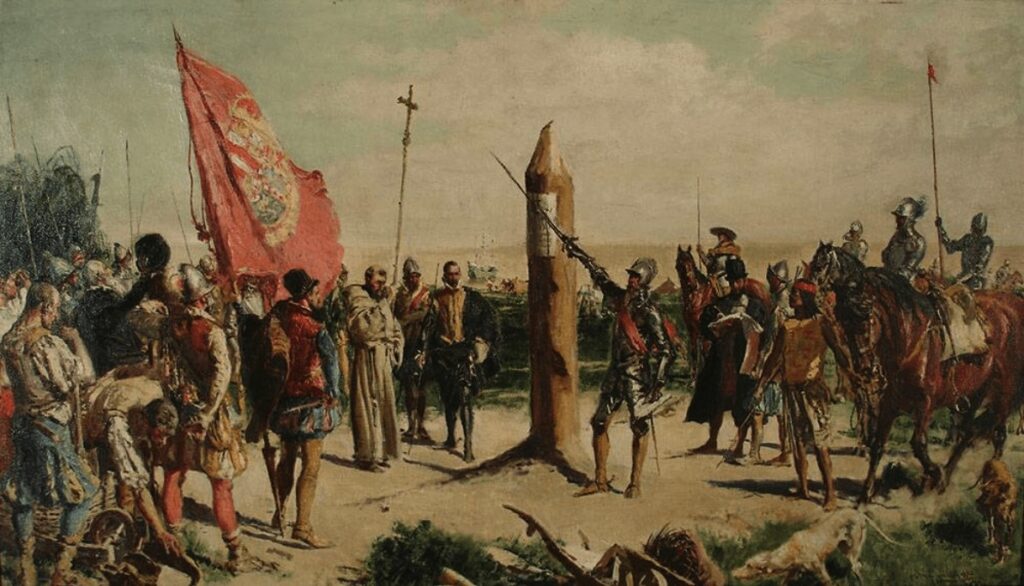

We can only guess what the journey across the ocean was like in the 16th century. And to thank fate that we were not among these people. There was a terrible storm off the coast of Brazil, and the ships were scattered far from each other. After this misfortune, Mendoza was broken by a severe illness, and then a lieutenant of his fleet, his assistant and friend, was caught embezzling funds and accused of treason. But Mendoza did not give up: he rested on the shores of Brazil, recovered from his illness, executed the lieutenant, gathered the remnants of his fleet, and moved on, fulfilling his promise to the king.
In 1536, Pedro de Mendoza, with his fleet, entered the mouth of the La Plata River and founded a port with the long name Ciudad de Nuestra Señora Santa María del Buen Ayre (which can be translated as “City of Our Lady Saint Mary of the Fair Winds”).
In fact, Mendoza did not come up with the name himself; his crew suggested it. The Virgin Mary, also known as Our Lady of Fair Winds, was greatly revered by the sailors of the island of Sardinia. They believed that the Holy Virgin Mary, Stella Maris, would stop storms and protect them from harm. Probably, if during a difficult journey you visit the edge of death several times but still arrive at your destination alive and mostly healthy, then it’s not shameful to praise heaven in the name of the new city!
However, Mendoza’s difficulties did not end there. Having built a port, the Spaniards quickly realized they were not alone in claiming this territory. More precisely, they were trying to claim territory that already had rightful owners – the Querandí tribe, who initially perceived the Europeans quite peacefully and even exchanged gifts and food with them.
But relations deteriorated rapidly, the Spaniards were driven by hunger, and in the end, they decided to attack the Indigenous people. The advantage in arms was on Mendoza’s side, but there were many Indigenous people, even though they were killed in uncountable numbers.
Read also: 51 Fun Facts About Argentina
Realizing his dire situation, Mendoza decided not to wait for inevitable death within the walls of the young city but to save his life and the lives of the remaining people in his flotilla. They hurriedly left the port and set off on their way back home. After the Spaniards left, the Querandí tribe burned down Ciudad de Nuestra Señora Santa María del Buen Ayre.
One wonders what Mendoza planned to tell the king about his failure. Did he rehearse his speech on the way to Spain? We will never know since Mendoza never had to make excuses for his unsuccessful trip to the king. During the return voyage, he fell gravely ill and died somewhere near the Canary Islands. Following the sailors’ custom, Mendoza was buried in the Atlantic Ocean.
The Evolution of the Name Over Time
The next attempt to found a city happened only 40 years after the failure of Mendoza. This was done by another Spanish conquistador named Juan de Garay. But his approach was completely different. Firstly, Garay was in South America from the age of 15; he came as part of an expedition to Peru.
By the time the port of Buenos Aires was restored, he was already 52 years old. He had a remarkable political career behind him and several cities he had already founded in what is now Paraguay, Bolivia, and Argentina.

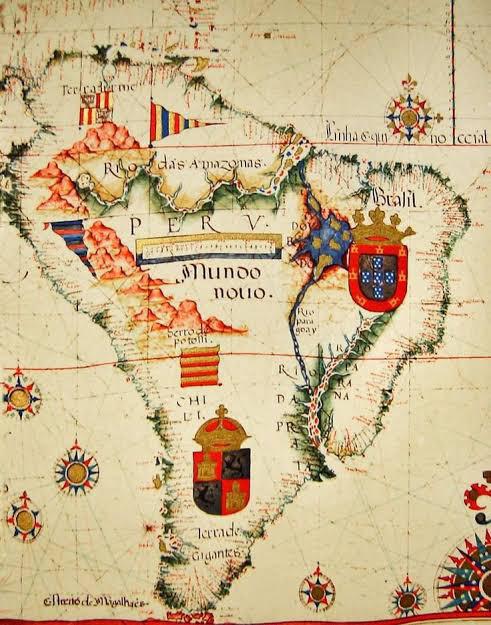
But Garay wanted to put his two cents in the city’s name. Therefore, the already long name of Buenos Aires became even longer and sounded like this: Ciudad de la Santísima Trinidad y Puerto de Santa María del Buen Aire (“City of the Most Holy Trinity and Port of Saint Mary of the Fair Winds”).
Juan de Garay’s attempt was successful. Firstly, he already knew where to obtain food (the settlers of Buenos Aires were supplied with food from the city of Santa Fe, which had already been founded by that time). Secondly, he had a completely different view of the Indigenous population, who had prevented the Spaniards from gaining a foothold in the land 40 years prior.
Unfortunately, Juan de Garay decided to mercilessly eradicate them. The courage of the Querandí people, who defended their home from the invaders, could not withstand the confrontation with the Spaniards’ muskets.
But – whether it was an act of karma or just an accident – Juan de Garay also fell in a fight with the Querandí. The famous Spanish conquistador, the main enemy of the Indigenous people, with a small troop, organized a campaign in search of a nonexistent city, allegedly located somewhere in the jungles of South America. At night, when the troop camped to rest, the Indigenous people ambushed and attacked. Thus, like his predecessor, Juan de Garay never returned home to Spain.
So the city of good winds was founded, and its history began.
Since the 17th century, its long name has naturally been shortened to two words – Buenos Aires – and has remained that way ever since.
The Meaning of “Buenos Aires” Today
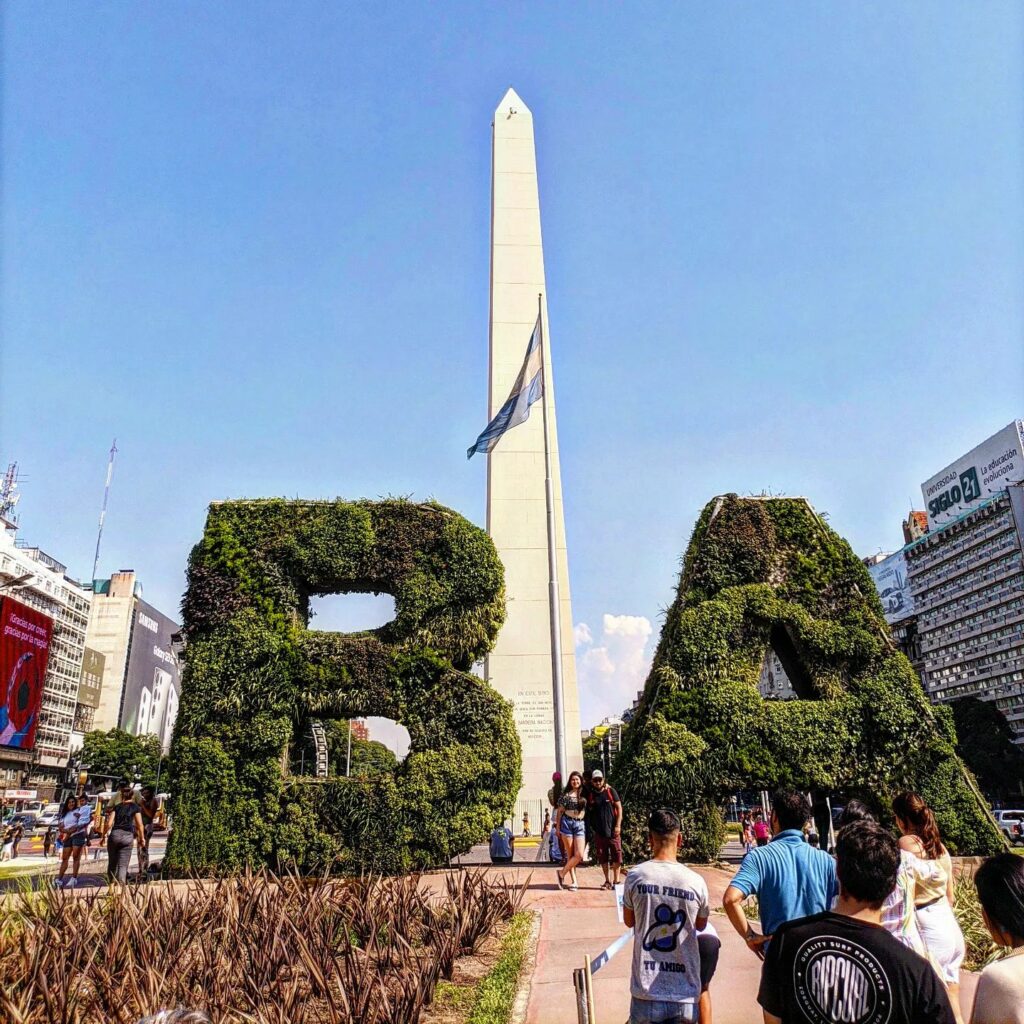
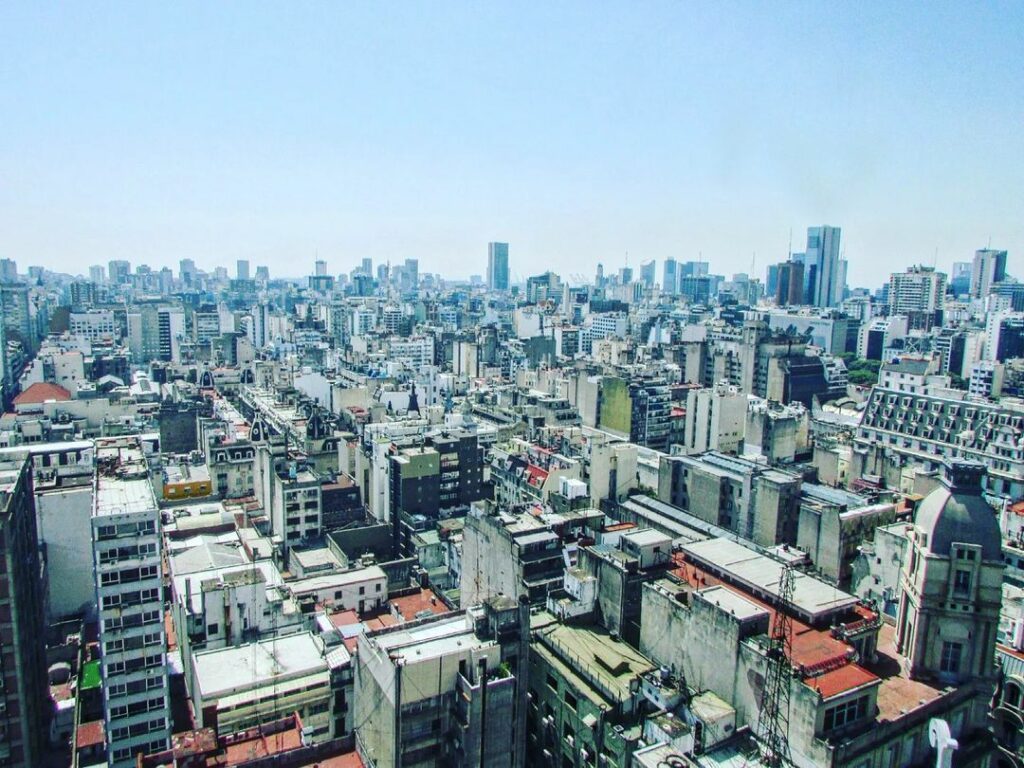
Interestingly, until the 19th century, it was believed that the city received the name Buenos Aires due to its clean air. Only after a thorough study of the diaries of Spanish sailors did it become clear that the city was given this name in honor of their beloved Lady of Buen Ayre. However, the name still affects the subconscious, and it seems to me that breathing here is more effortless.
Today, the name Buenos Aires does not belong solely to the capital of Argentina but also to the province (region) surrounding the capital. Therefore, to avoid confusion, the city is often referred to as Capital Federal or Ciudad de Buenos Aires. There is also another variant – Ciudad Autónoma de Buenos Aires, abbreviated as CABA – and this abbreviation has already become widespread in business documents, names of government institutions, etc.
The inhabitants of Buenos Aires are called porteños, which means the inhabitants of the port.
Other Nicknames and Monikers for Buenos Aires
Now, Buenos Aires has many names. One of the most popular is “Paris of Latin America,” and this name suits the city quite well. The architecture of the central districts of Buenos Aires is very reminiscent of Paris and some other European cities.
In fact, these areas were built by Europeans, and European immigrants lived there.
Also, locals often call the city Baires for short. And if they write a message, they may use an even shorter version – BA or Bs As.
Buenos Aires Meaning FAQ
In English, it means “fair winds” or “good airs.” Both are correct.
Locals use several short names: Baires is the most popular, and they also use BA or Bs As in written forms.
In both Spanish and Italian, it means “fair winds” or “good airs”; this name was given in honor of the Madonna of Bonaria in Sardinia, Italy.
Buenos Aires is pronounced as [ˈbwenos ˈajɾes].
Conclusion
The name of Argentina’s capital has undergone many transformations; however, the city itself has experienced even more changes. The history of its origin is merely the beginning of a complex and occasionally dramatic story of the city.
But as the saying goes – “as you name the boat, so shall it float.”
In the case of Buenos Aires, this has proven true 100% of the time – after any ups and downs, a fresh breeze has blown in, bringing renewal and hope for the best.
